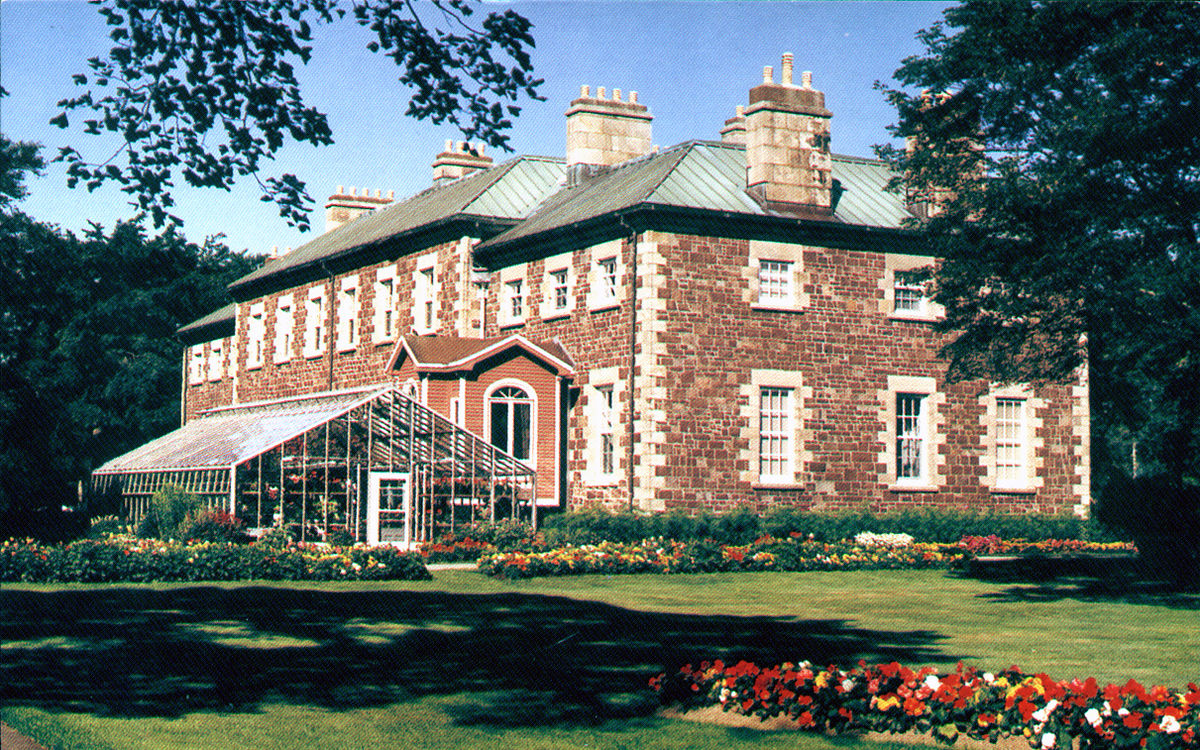
The establishment of this battery was a direct response to the increased need for coastal and air defence during the war. American forces garrisoned Signal Hill, excluding Cabot Tower and George's Pond, to ensure the security of the area[1]. The presence of these military installations underscored the importance of Signal Hill as a defensive stronghold.
Physical evidence of these military activities can still be seen in the form of trails and former military sites around Signal Hill. The Burma Road trail, built by American servicemen, remains a testament to their presence and efforts during the war[2]. The strategic location of George's Pond allowed for effective surveillance and response to potential threats, highlighting its significance in the region's military history.


















